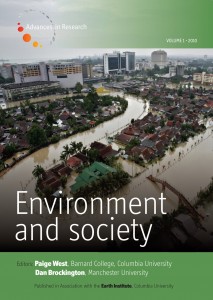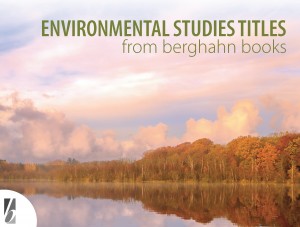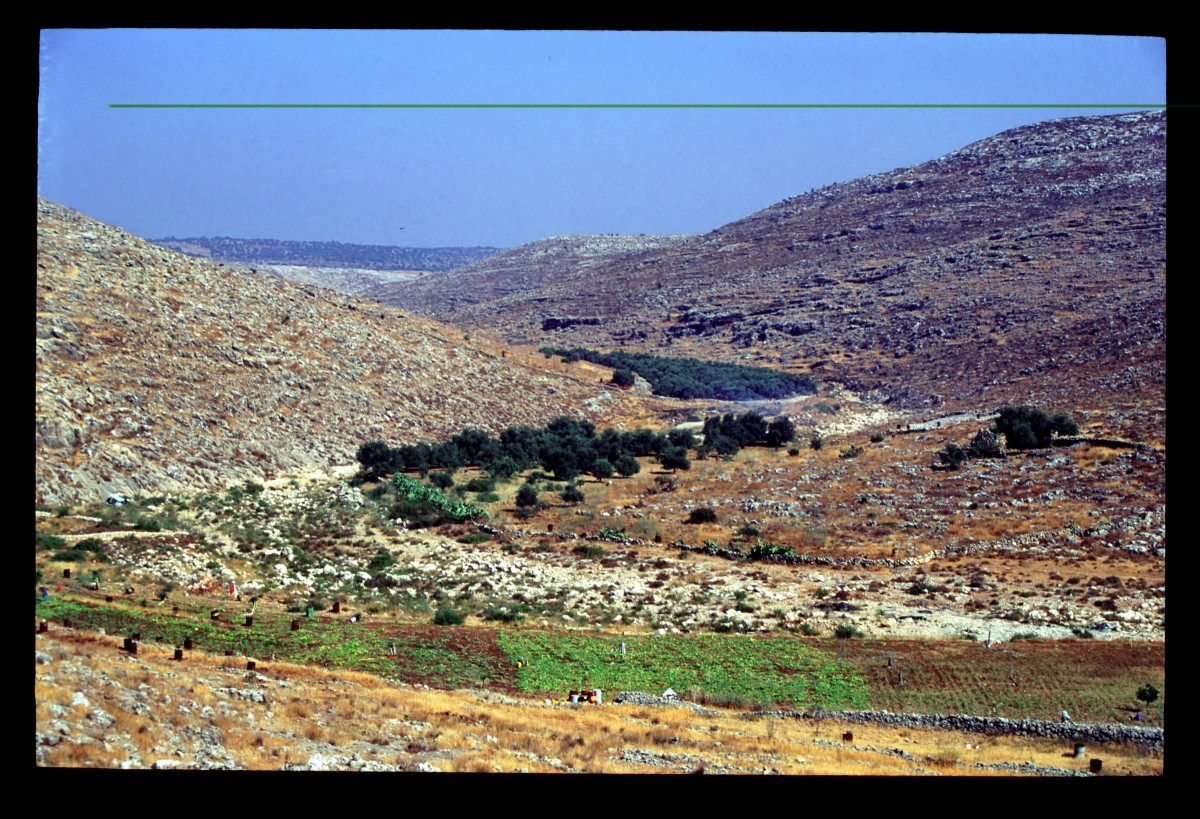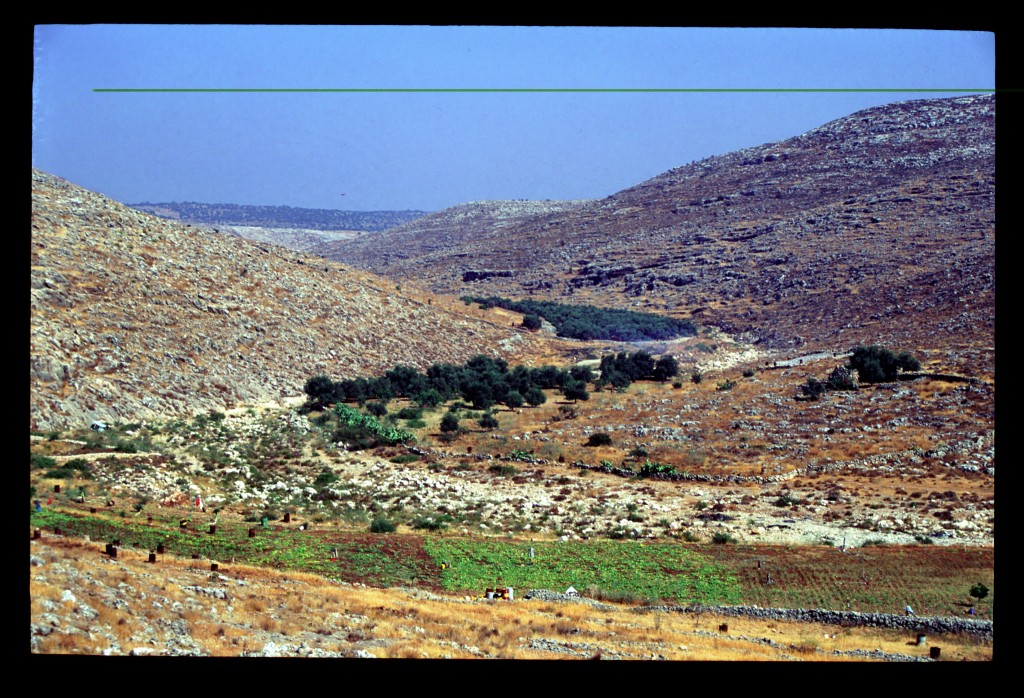Picture an environmentalist. What comes to mind for you? For some, the word evokes an image of radicals marching through city streets to protest public policies. For others, they think of “tree huggers” who chain themselves to trunks and branches in an effort to prevent deforestation.
Next, think of how the word environmentalism makes you feel. What is your reaction? While some might praise such endeavors, others view the word through a darker lens. They see thoughtless radicals who care more about nature than they do about people, willing to sacrifice the livelihoods of many humans for the preservation of a few trees or birds.
Kay Milton defines an environmentalist as a form of identity performance in which an individual not only holds a particular belief about nature but also is active in promoting their ideology to others (Milton 1996). However, this neutral academic definition takes on a very different meaning in public consciousness. Over the past forty years, the very word “environmentalism” has evolved into a polarizing discursive tool used by establishment powers to decry what they perceive as a fringe group that wishes to preserve nature at the expense of economic well-being. In painting environmentalists as individuals who value the intangible beauty of nature over the extrinsic value it provides, they disenfranchise environmentalism as dangerous to a fundamental social institution that distributes resources for our survival. Environmentalism, they argue, often comes at the expense of human prosperity.
This argument is successful because it strikes directly at the hearts of the average American. For instance, on the imposition of stricter logging regulations in the Pacific Northwest, many workers feared losing their jobs and livelihoods and protested on the grounds of “people before planet” (Layzer 2012). However, the most common anti-environmentalist rhetoric is misleading because it focuses narrowly on only one part of the environmental movement. While early environmentalism focused mostly on conservation of resources and preservation of natural beauty, the modern environmental movement has been characterized by a shift toward the relationship between human action and environmental consequence. These consequences frequently consider the impacts of pollution and other environmental harms on humans in the form of environmental injuries and health concerns. Such a transition began with the 1962 publication of Rachel Carson’s Silent Spring, which drew national attention to the dangers posed by DDT and other chemicals to not only other organisms but also people (Carson 1962).
The shift has manifested in what sociologist Robert Brulle calls the environmental justice and environmental health factions of the environmental movement (Brulle 2000). Each is differentiated from other kinds of environmentalism for their focus on the harms that pollutants and other activities have on human bodies. Although small, these factions promote a holistic perspective other kinds of environmentalism lack by emphasizing the ecology of human action. In short, their purpose is to remind us that we, too, are organisms and that our behaviors can have disastrous consequences for our own survival.
Curiously, however, I find in my own research with rural environmental justice advocates that they disagree with Brulle’s categorization. Among my informants, there is a consensus that environmentalism is a naughty word laced with too much political baggage to be viable in their endeavors. The group with whom I currently conduct my fieldwork, called the Northern Ohio ALS Project, seeks an Ohio EPA investigation into an alleged prevalence of amyotrophic lateral sclerosis (ALS, or Lou Gehrig’s disease) in Ashtabula County (Northern Ohio ALS Project 2014). However, recognizing that their own culture of farmers and factory workers are likely adherent to dominant environmental discourse, they emphasize the embodied consequences of pollution in order to humanize their cause. By attaching faces and bodies to environmental problems, they hope to appeal to their society’s emotions and sense of justice.
Humanizing environmentalism is no easy task. Current environmental science and law alike make it difficult to identify the silver bullets that cause illnesses like ALS—if such bullets even exist, that is. Environmental science is complex, with many variables at play; isolating and testing those variables to determine a vera causa (“true cause”) is thus nearly impossible. Such institutions reinforce the social inequalities that make poor people and minorities more than four times as likely to experience environmental injustice and provide them with few, if any, pathways for retribution (Checker 2005). While appealing to the humanism of others may work emotionally, it remains a weak trajectory for working within the system.
This was plainly seen on June 29, when the U.S. Supreme Court ruled 5–4 that the EPA had not properly considered cost-benefit analysis in its regulation of coal plant emissions (U.S. Supreme Court 2015). The majority opinion, written by Antonin Scalia, rejects the EPA’s argument that the benefits ascribed to human life by the regulations outweigh the economic costs imposed on the fossil fuel industry. The court’s narrow rejection of the regulations affirms that environmentalist justice advocates still have a long way to go in establishing a new discourse that considers human well-being from a more holistic and ecological perspective.
Environmental justice advocates are becoming increasingly prevalent voices in environmental discourse. However, the struggle to establish a cultural consciousness that the environment can be a source of harm to humans is limited by modern science and politics. These institutions thus maintain a social order in which bodies are governed in a way that devalues individual human lives. Justice Scalia’s ruling is an unfortunate continuance of our dominant discourse, asserting that economic value takes precedence over the value instilled in human life merely because the latter cannot be readily quantified. The consequence is that those experiencing environmental injustice are robbed of the very institutional mechanisms that would allow them to seek retribution for their injuries. The social order is thus maintained until and unless environmental science can advance to such a point at which human life can be measured in the same way as other forms of human prosperity (e.g., job growth and income). Until such a time, we are resigned to live in a world where bodies mean precious little unless they can be quantified, unitized, and measured as part of a cost-benefit analysis.
Richard Bargielski is a graduate fellow in the Anthropology Department at Ohio State University. His primary research interest is the role of grassroots environmental justice and health organizations play in shaping United States environmental discourse.
References
Brulle, Robert J. 2000. Agency, Democracy, and Nature: The U.S. Environmental Movement from a Critical Theory Perspective. Cambridge, MA: MIT Press.
Checker, Melissa. 2005. Polluted Promises: Environmental Racism and the Search for Justice in a Southern Town. New York: New York University Press.
Layzer, Judith A. 2012. “Jobs Versus the Environment: Saving the Northern Spotted Owl.” Pp. 174–208 in The Environmental Case: Translating Values into Policy, 3rd ed. Washington, D.C.: CQ Press.
Milton, Kay. 1996. Environmentalism and Cultural Theory: Exploring the Role of Anthropology in Environmental Discourse. New York: Routledge.
Northern Ohio ALS Project. 2014. “The Vincina Protocol: Developing a Universal Medical Protocol for the Diagnosis, Treatment and Prevention of ALS/Lou Gehrig’s Disease.” https://vincinaprotocol.wordpress.com.
U.S. Supreme Court. 2015. Michigan v. EPA.
Cite as: Bargielski, Richard. 2015. “Antonin Scalia and the Environmental Politics of Human Health.” EnviroSociety. 8 July. www.envirosociety.org/2015/07/antonin-scalia-and-the-environmental-politics-of-human-health.



